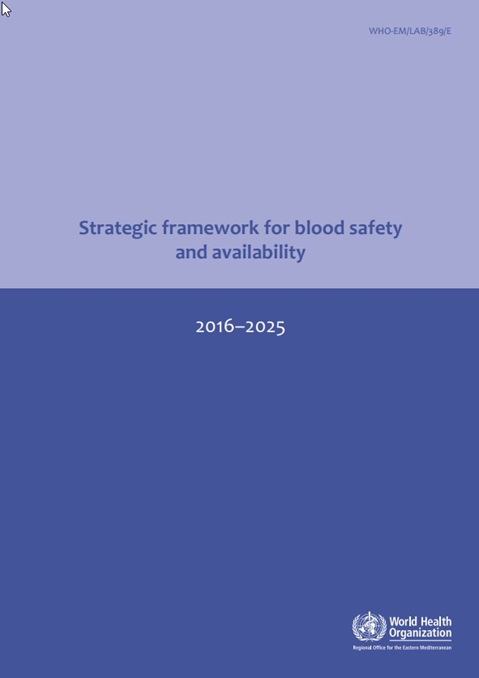Strategic framework for blood safety and availability

Overview
Blood transfusion is an essential component of health care that contributes to saving lives and improving the quality of life for millions of people worldwide. Blood transfusion is most commonly used in caring for women suffering from bleeding associated with pregnancy and childbirth, children suffering from severe anaemia due to malaria and malnutrition, and victims of trauma, emergencies, disasters and accidents. It is also used to support advanced medical and surgical procedures, including cardiovascular surgery and transplantation in countries with advanced health care systems. Blood and blood products1 are essential in the treatment of blood and bone marrow disorders, as well as immune deficiency conditions. Universal and timely access to safe blood and blood products, and their appropriate use, are essential components of good health care provision.
The demand for blood and blood products continues to grow as a result of several factors, including the growth and aging of the population, and the availability of, and access to, increasingly sophisticated medical and surgical procedures. Ministries of health are responsible for meeting the increasing clinical needs of patients for safe blood and blood products and for ensuring the quality, safety, availability and equitable distribution of these products through the establishment of an effective national blood supply and transfusion service that is integrated into the national health system.
However, despite the availability of effective measures to ensure the quality and safety of blood and blood products, there is still significant risk associated with their clinical use, including adverse reactions and transmission of transfusion-transmitted infection (TTI).
